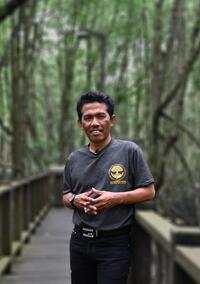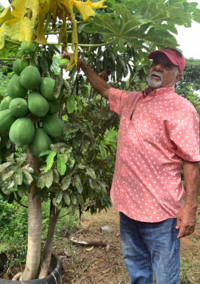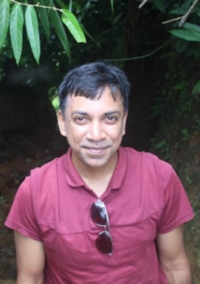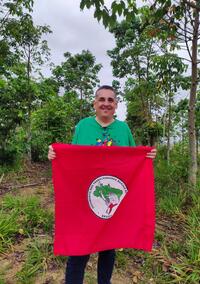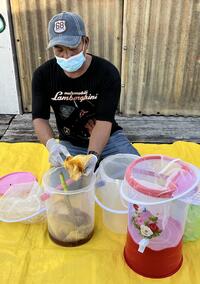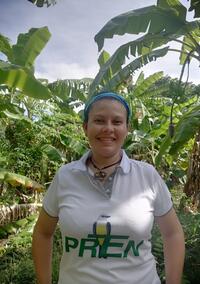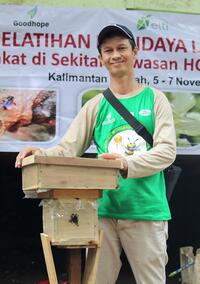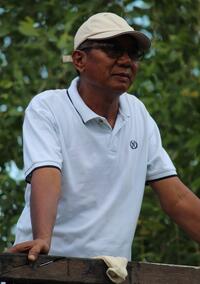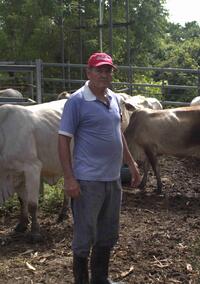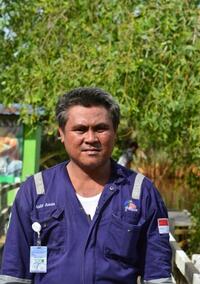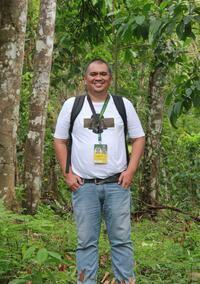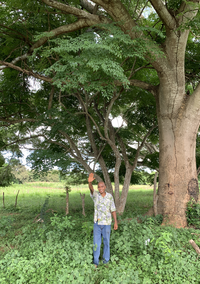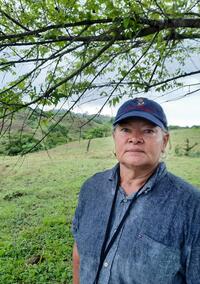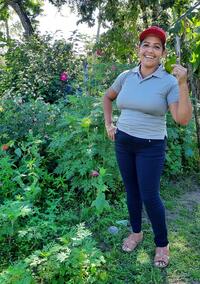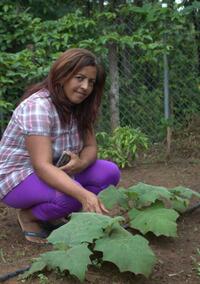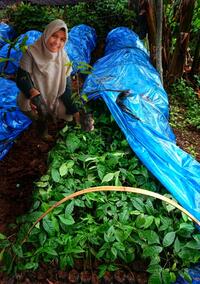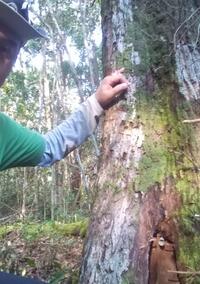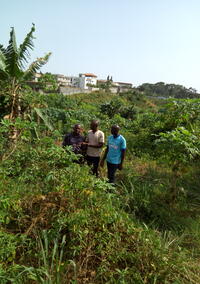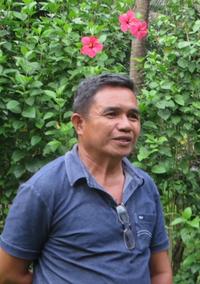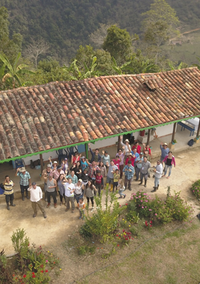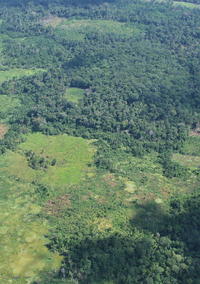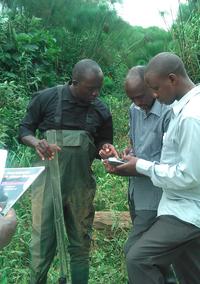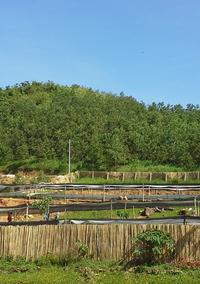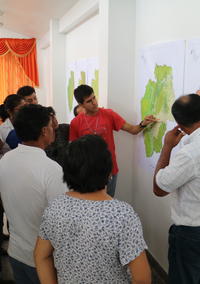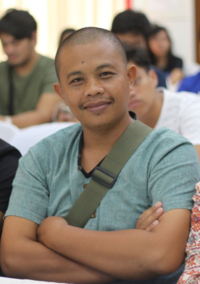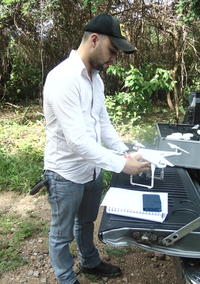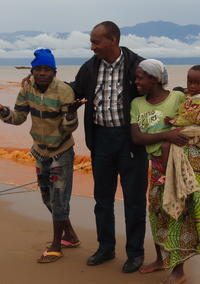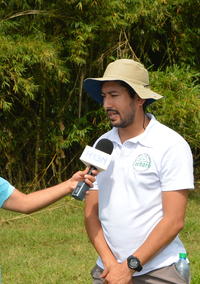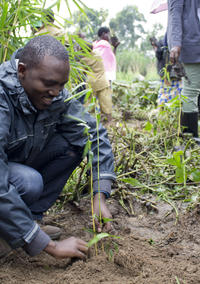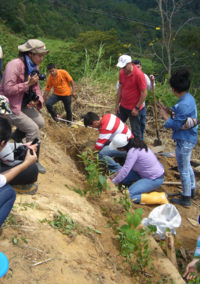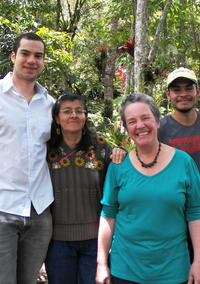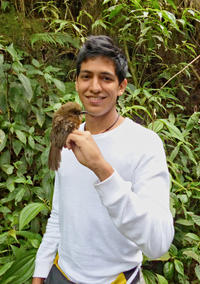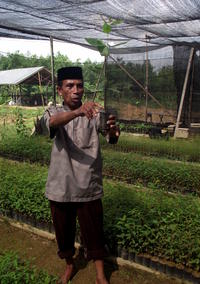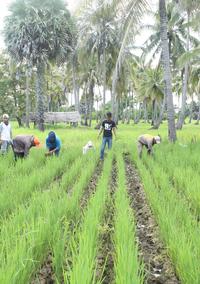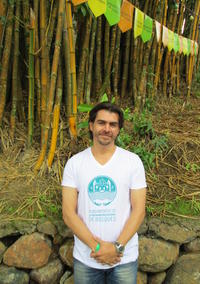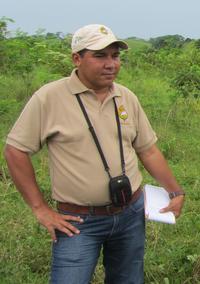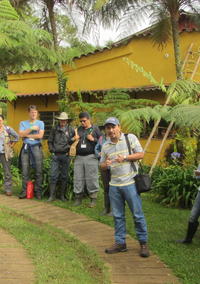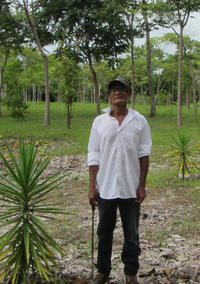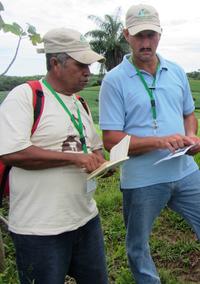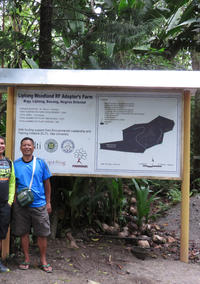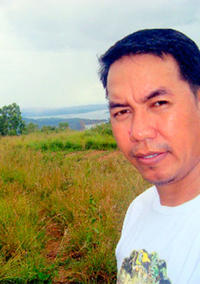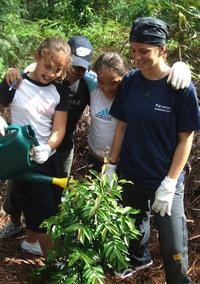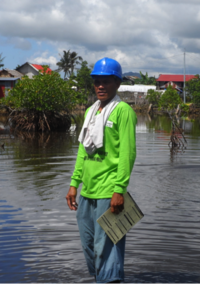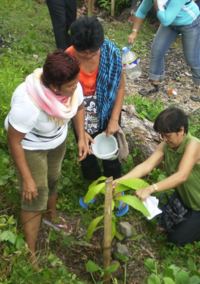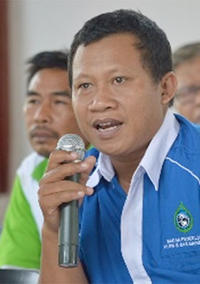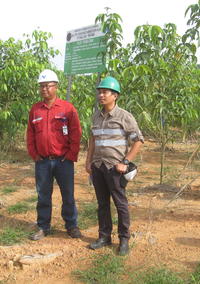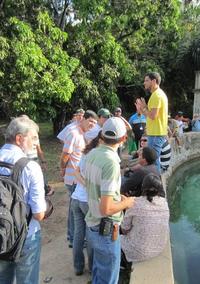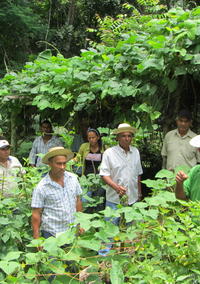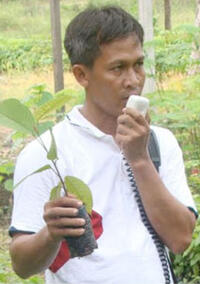You are here
Second Hands-on Training for Landslide Prevention and Restoration in the Colombian Andes
The Nirvana-Clavellinas nature reserve is located in Zapatoca, Colombia, a place with a long history of commercial exchange. In colonial times, a network of rocky, winding trails opened the isolated region of Santander to trade, accelerating the clearance of dense and incredibly diverse forests. Since then, centuries of agriculture and cattle ranching with unsustainable land-use practices have left a legacy of erosion and soil degradation on the landscape.
Nirvana-Clavellinas is part of a private reserve network that collectively protects more than 600 hectares of native highland ecosystems and works tirelessly to recover eroded land within the buffer area of the Serranía de los Yariguíes National Park. In addition to preserving a broad range of ecosystems, this conservation initiative contributes to the integrated management of the El Ramo watershed, which supplies water for the towns of Zapatoca, Betulia and several other rural aqueducts.
The 2018 workshop and field course were planned following the success of the first Seminar on Restoration of Eroded Areas in Santander, which took place in 2017. Juan Fernando is a retired chemical engineer who is now dedicated to conservation, biodynamic agriculture and rural development. He contacted Melisa Ayala, who is a biologist focused on socio-ecological resilience in the region, to design an ecological restoration plan for the nature reserve. Mauricio Carvajal, ELTI alumnus, complemented the restoration plan with a diagnosis of the eroded areas that surround the historical trails. The idea of offering a second training event, this time in Zapatoca, started to take shape.
ELTI’s Leadership Program supported Melisa and Mauricio Carvajal, who coordinated with Juan Fernando to plan the 2018 workshop and field course. Nataly Pimiento, a graduate student in biology, and Laura Caicedo, a geologist, volunteered to make these events possible.
The workshop and field course, Ecological Restoration of Highly Eroded Lands, took place on March 16-18, 2018. A total of 60 people participated in the first day of the workshop in the main theater of Zapatoca, and 41 attended the field course in Nirvana-Clavellinas reserve during the second and third days. Participants included scholars, researchers and representatives from government and non-government organizations and farmers from five Colombian departments.
The workshop introduced basic bioengineering concepts and techniques, and illustrated the restoration approach to slope stabilization through case studies from different regions of Colombia and Mexico. During the field course, participants learned how to diagnose and create restoration plans of an eroded areas, build erosion control structures, select native plants for high density planting and arrange them effectively. During the rainy season, runoff and slope stability challenge the daily life of people and the transportation of products. The workshop and field course provided science-based tools for communities to address these challenges.
“Since the first seminar, people showed great interest in learning about ecological restoration and expressed the need for a permanent training site for sharing knowledge and strengthening local capacities."
Melisa Ayala
One of the aims of the second seminar was to foster a dialogue of knowledge between local people and the geologists and civil engineers who attended the first seminar.
Melisa Ayala has taken two courses with ELTI: Tropical Forest Restoration in Human-Modified Landscapes of Latin America in 2015 and Environmental Services and Restoration of Tropical Forests in 2017. These gave her the foundation for ecological restoration and the opportunity to get involved with several projects in the region.
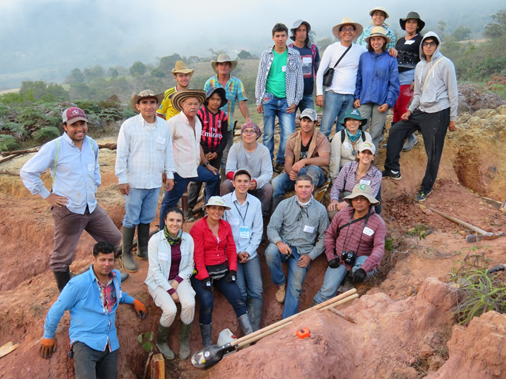
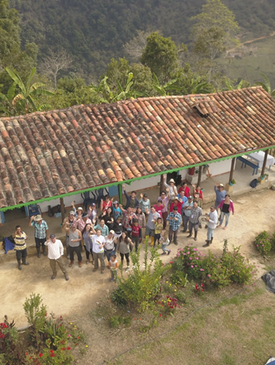
Acknowledgements
Melisa would like to thank Zoraida Calle Diaz for inspiring people from different backgrounds and regions of Colombia with her knowledge and communication skills; Juan Fernando for allowing she and Mauricio to test their ideas on his mountain reserve; to the speakers for contributing to form a multi-disciplinary work group for erosion management and control in the region; to volunteers who collaborated enthusiastically in the organization; and especially to all the attendees for coming to this small town in the middle of the mountains to learn how to help others with applied ecological restoration knowledge.






